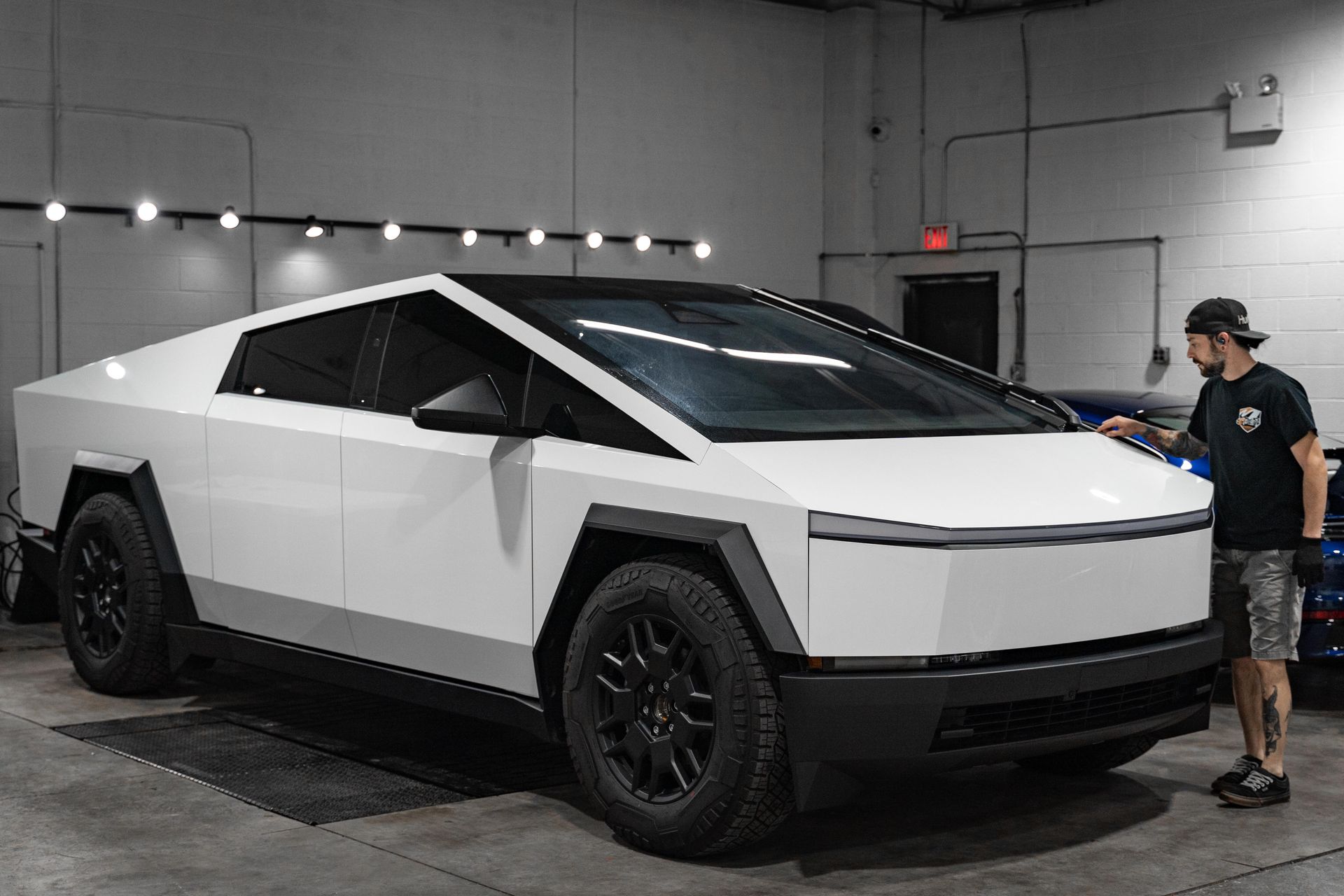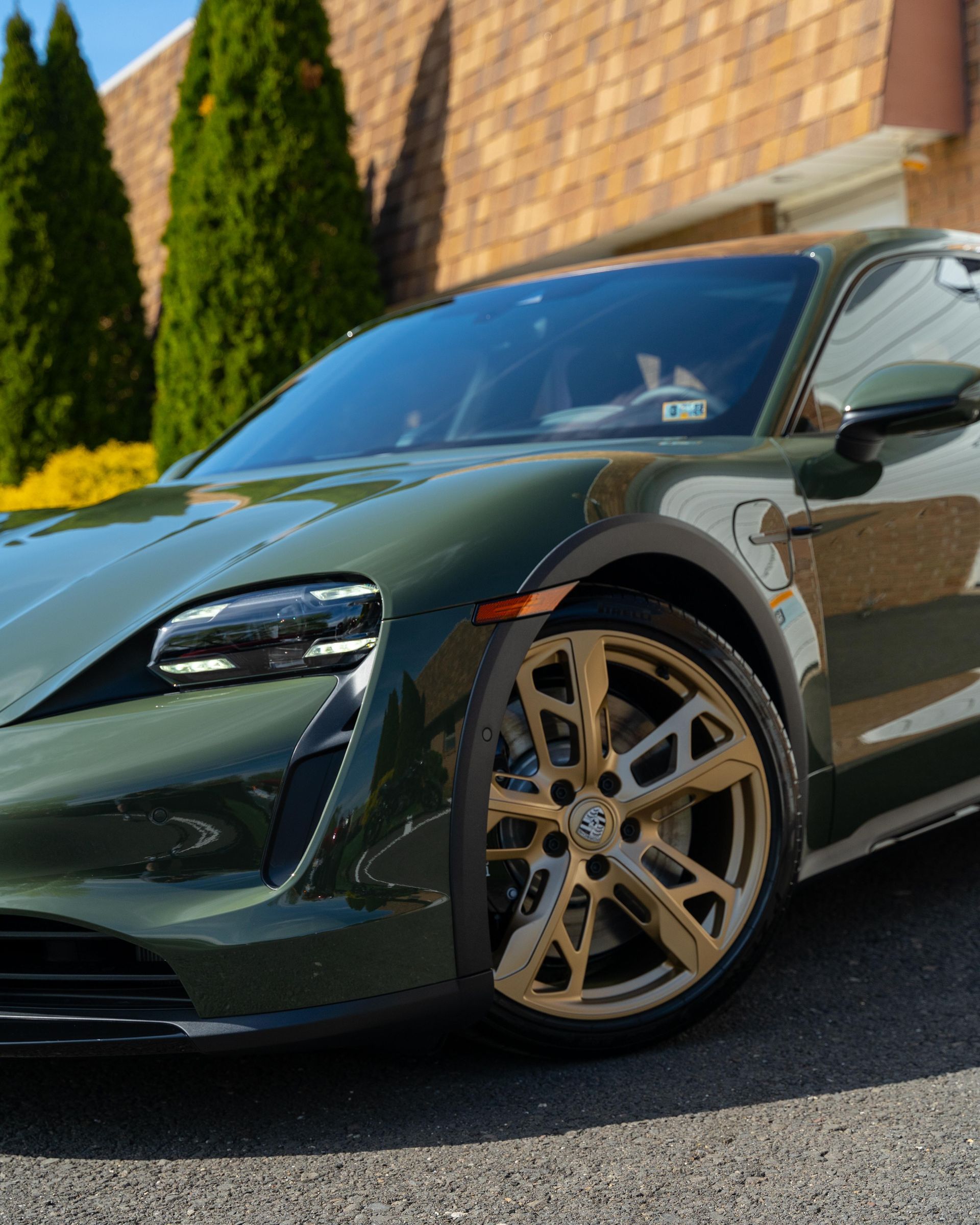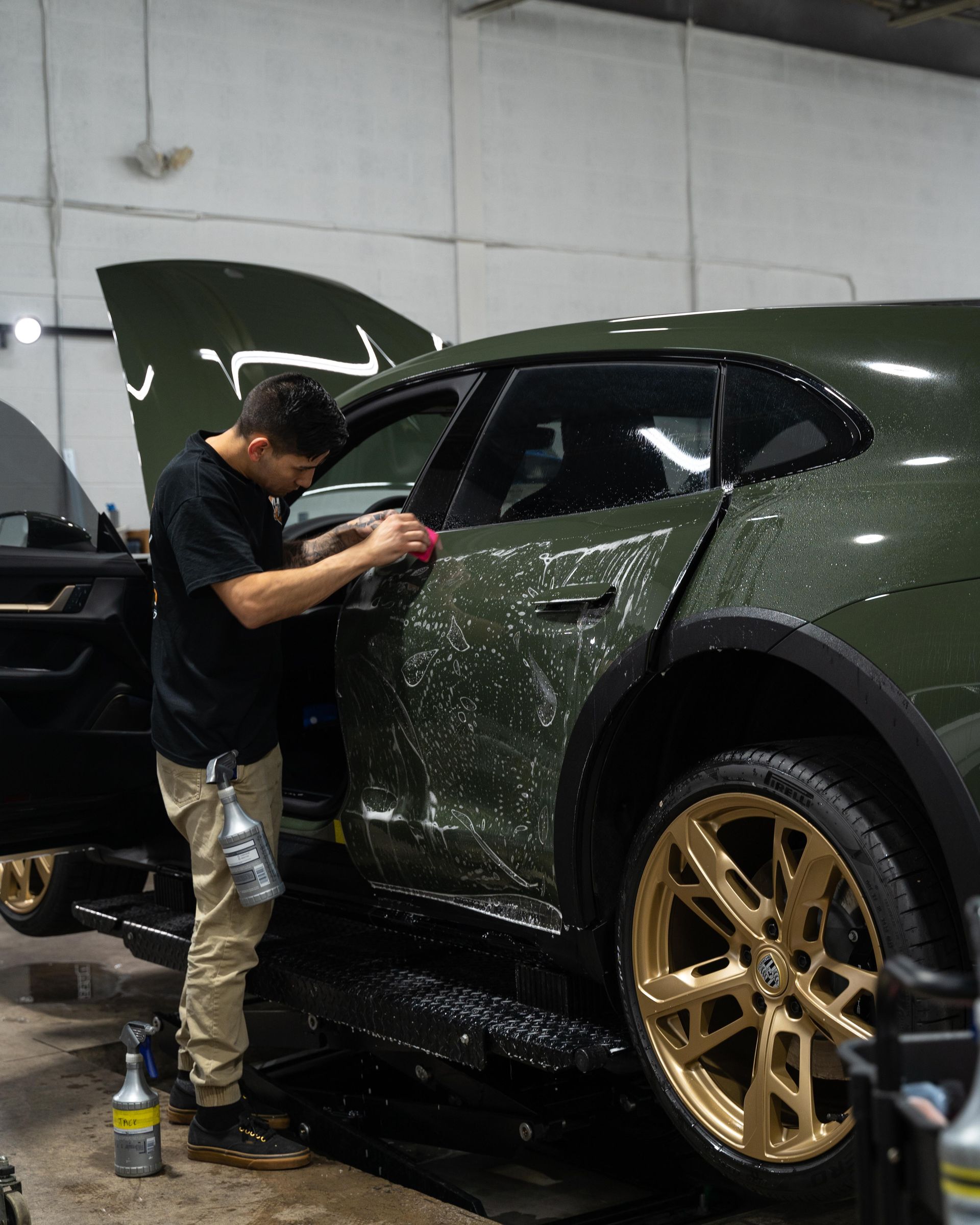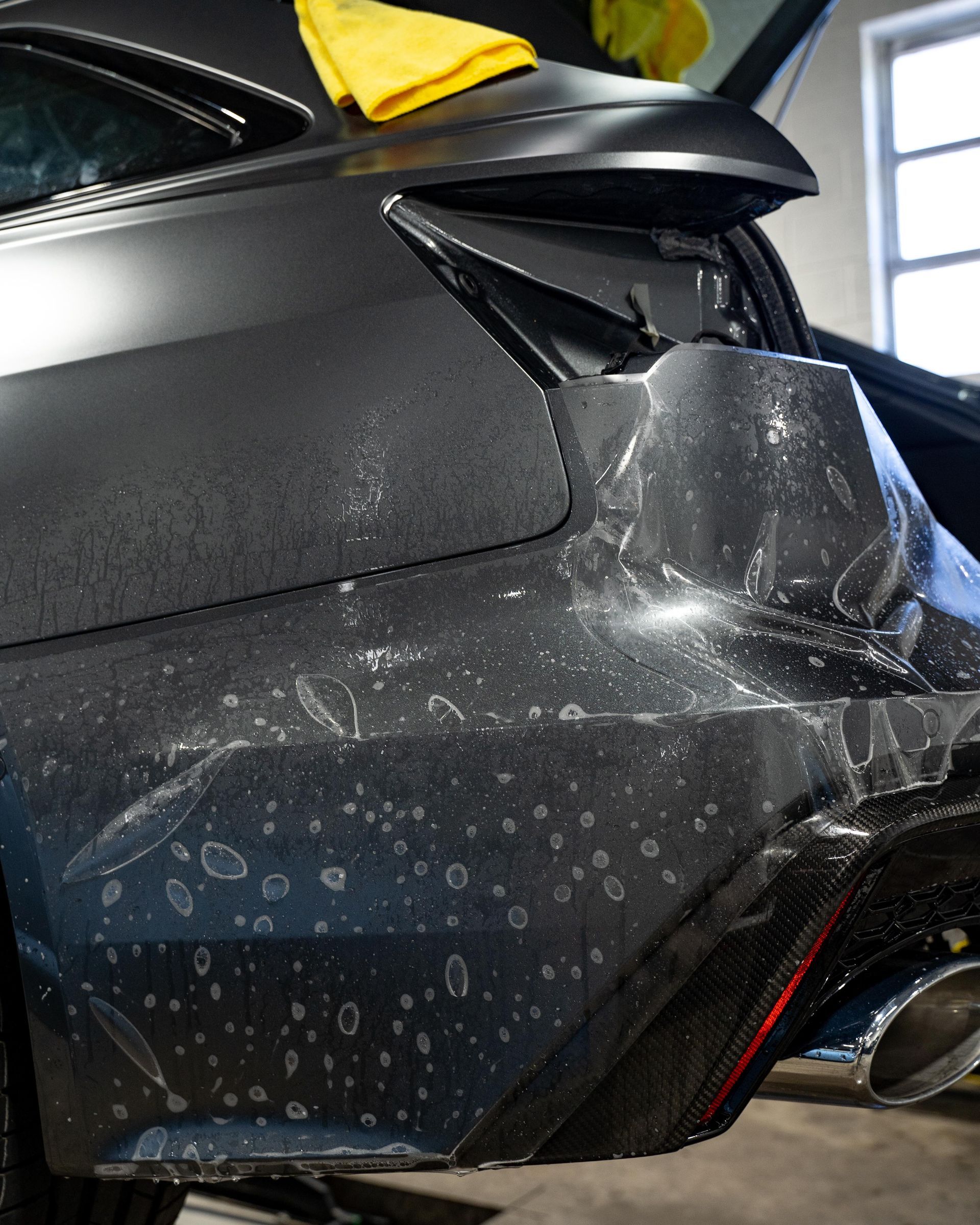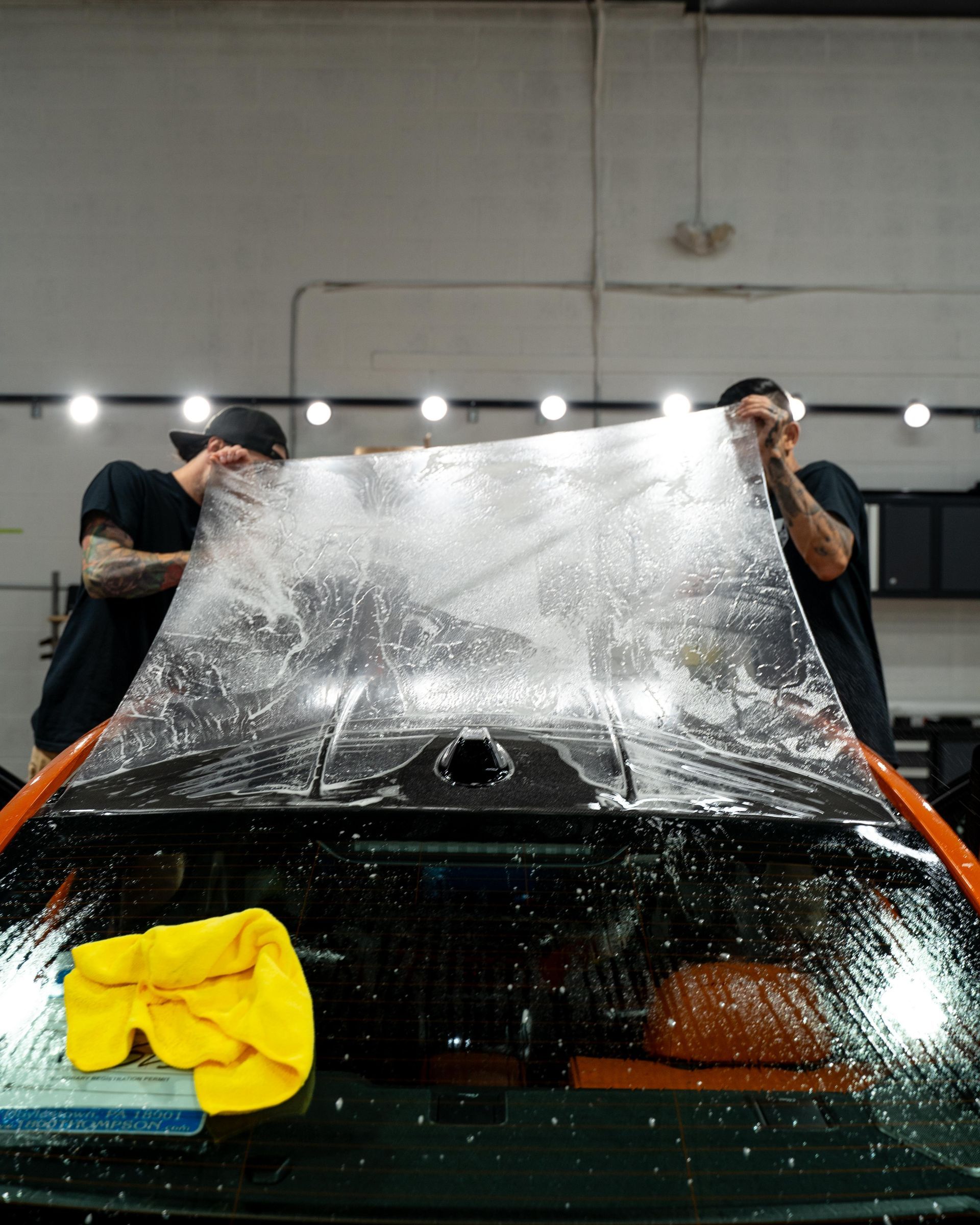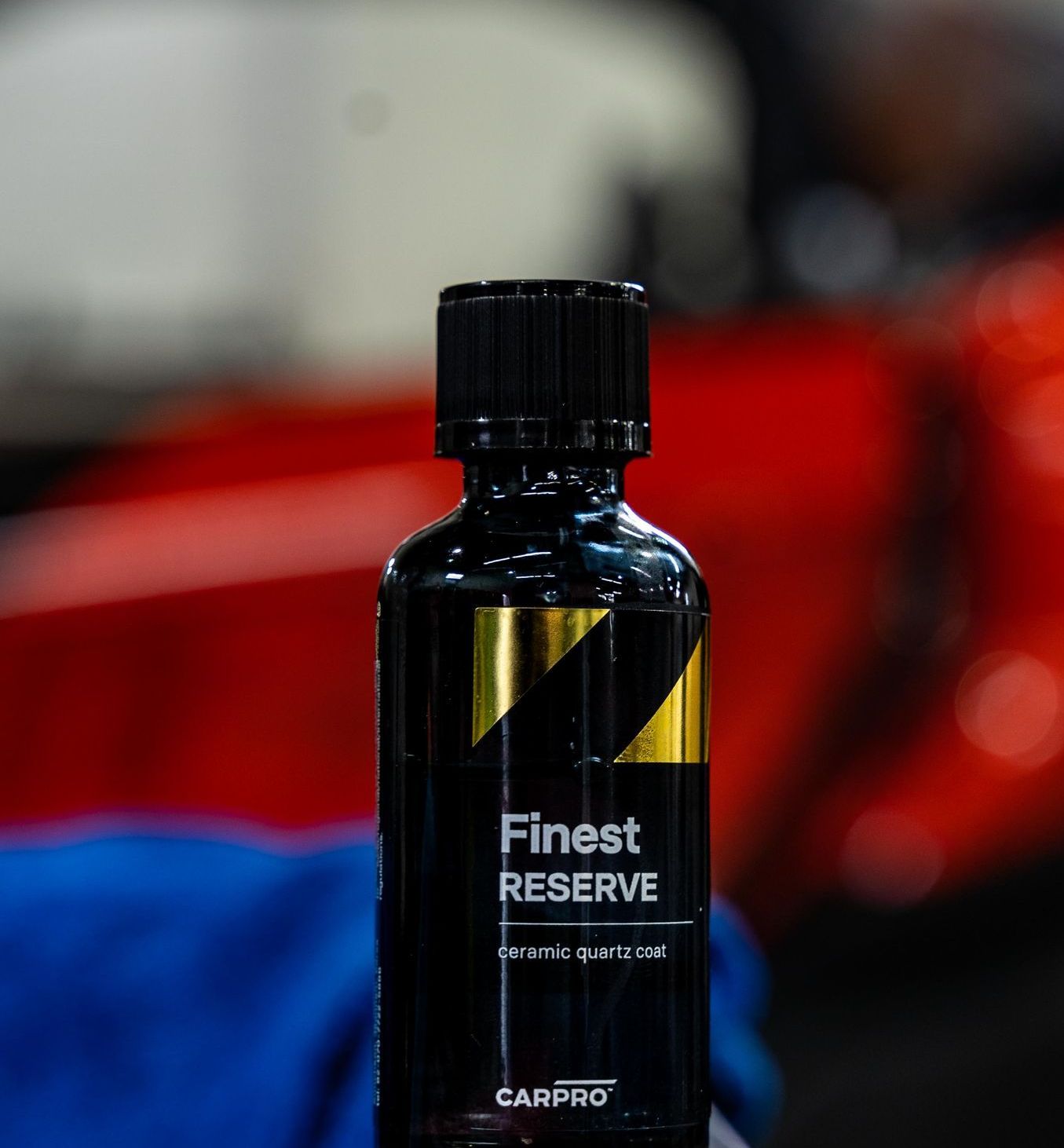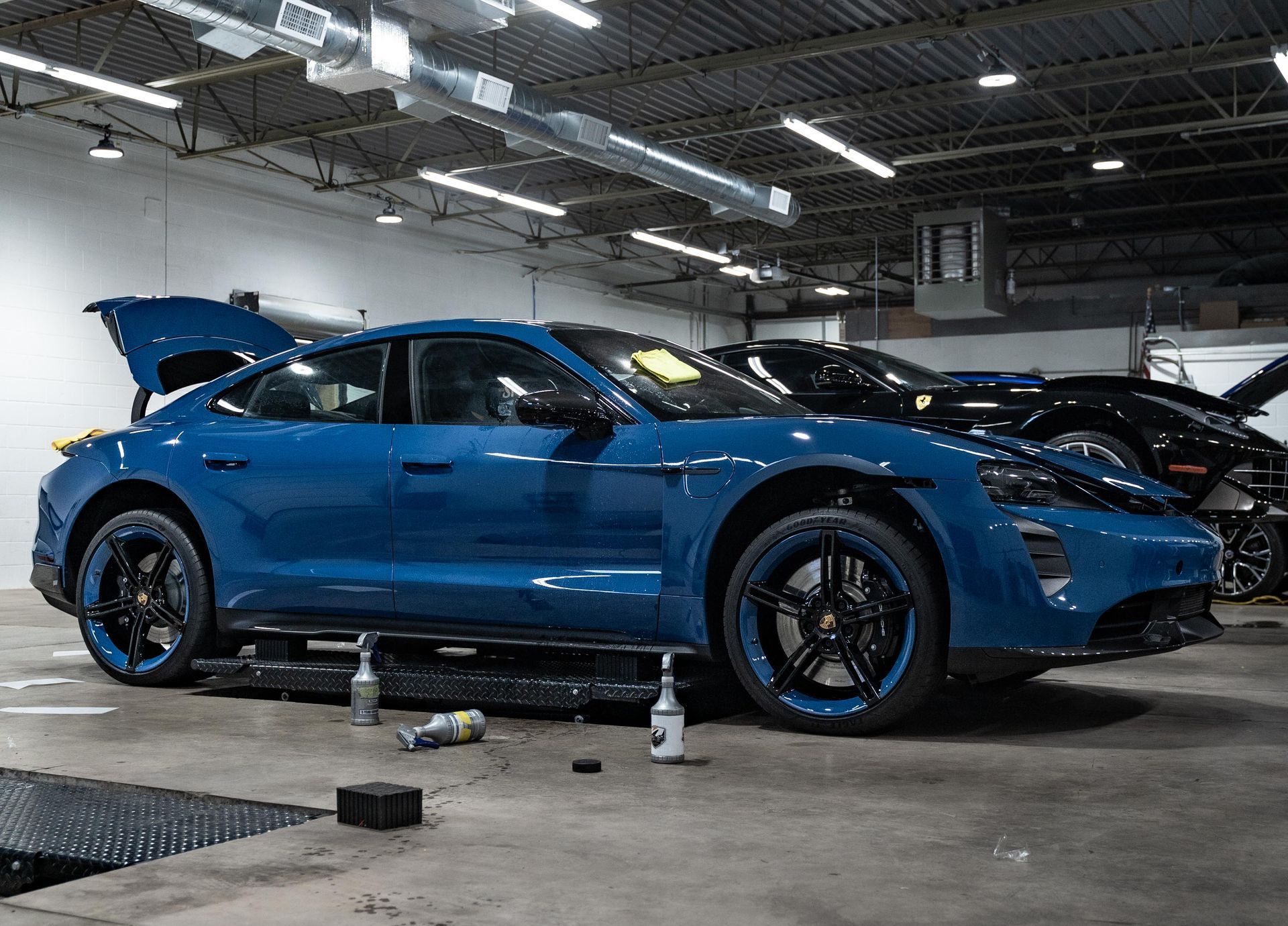Common Mistakes to Avoid After PPF Installation: Expert Tips for Protecting Your Investment
CALL (833) 263-6273
Applying paint protection film (PPF) to your vehicle represents a significant investment in preserving your car's aesthetic appeal and protecting it from environmental damage. However, many vehicle owners don't realize that proper care immediately following installation is crucial for maximizing the film's effectiveness and longevity. Understanding these critical post-installation practices can mean the difference between years of flawless protection and costly premature replacement.
Critical Care During the First 30 Days
The initial weeks following PPF installation are absolutely vital for ensuring proper adhesion and long-term performance. During this period, the film is still bonding to your vehicle's surface, making it particularly vulnerable to damage from improper care.
- Temperature Control Is Essential: One of the most common oversights involves exposing your newly protected vehicle to extreme temperatures. Both freezing conditions below 32°F and excessive heat above 100°F can seriously compromise the film's ability to bond properly with your paint. If possible, keep your vehicle in a controlled environment during this critical period. Professional installers recommend maintaining temperatures between 60°F and 90°F for optimal curing conditions.
- Avoid Chemical Products: Many enthusiastic vehicle owners make the mistake of applying wax, sealants, or other chemical products too soon after installation. These substances can interfere with the film's adhesive properties, potentially causing cloudiness or reduced protective capabilities. Wait at least 30 days before applying any products to your PPF-protected surfaces.
- Gentle Cleaning Only: High-pressure washing systems should be completely avoided for the first month. The forceful water jets can easily lift film edges and compromise the installation's integrity. Instead, opt for gentle hand washing with soft microfiber towels and pH-neutral car wash soap. This approach protects the film while it's still in its vulnerable curing stage.
- Minimize Driving Risks: During the first week, try to avoid driving on gravel roads or through areas with significant debris. Even minor stones can damage the film before it has properly set. Similarly, parking under trees where sap or bird droppings might fall should be avoided when possible, as these substances can be particularly harmful during the curing period.
Ensuring Optimal Curing Conditions
Professional installations require specific environmental conditions to achieve maximum effectiveness. Understanding these requirements helps you make informed decisions about post-installation care. The ideal humidity level for PPF curing sits around 50%. Excessive moisture in the air can compromise adhesion, creating bubbles or areas where the film fails to bond completely. If your garage tends to be humid, consider using a dehumidifier during the curing period. For the best results, park your vehicle indoors away from direct sunlight for at least a week following installation. Keep windows closed and limit exposure to outdoor air, which can introduce unwanted temperature and humidity fluctuations that interfere with proper curing.
Selecting Professional Installation Services
The quality of your PPF installation significantly impacts its long-term performance. Working with certified installers who understand the nuances of proper application can prevent many common post-installation issues. Look for installers who offer warranties on their work and have extensive experience with your specific vehicle type. Different car models present unique challenges, and experienced professionals understand how to handle complex curves, edges, and surface variations. Research potential installers thoroughly by reading customer reviews and checking their certifications. Pay attention to detailed feedback about the installation process, customer service, and long-term results. Quality installers should be willing to explain their process and provide guidance on proper post-installation care.
Common Installation Challenges
Even professional installations can encounter specific issues that require attention. Understanding these potential problems helps you identify and address them quickly.
- Edge-Related Issues: Film lifting at the edges represents one of the most frequent post-installation problems. This typically occurs due to inadequate edge sealing or exposure to extreme conditions. Properly sealed edges are crucial for preventing water intrusion and maintaining the film's protective barrier. If you notice lifting edges, address the issue promptly. Small areas can often be resealed using gentle heat application and careful pressing. However, larger areas or multiple lifting points usually require professional attention.
- Surface Imperfections: Bubbles and wrinkles occasionally appear during or shortly after installation. Minor air bubbles may dissipate naturally as the film cures, but persistent bubbles typically require professional intervention. Attempting to remove bubbles yourself can damage the film, so professional assessment is recommended for anything beyond very minor imperfections. Surface contamination during installation can also create visible imperfections. This emphasizes the importance of choosing installers who maintain clean, controlled work environments and follow proper surface preparation protocols.
Long-Term Maintenance for Optimal Performance
Maintaining your PPF investment requires ongoing attention to cleaning methods and environmental factors. Proper maintenance not only preserves the film's appearance but also ensures continued protection for your vehicle's paint.
- Cleaning Best Practices: Use only pH-neutral automotive soaps designed for protected surfaces. Harsh chemicals, abrasive cleaners, or household detergents can damage the film over time. Microfiber towels provide gentle cleaning without scratching, while avoiding automatic car washes with stiff brushes protects against mechanical damage. Regular cleaning prevents contaminant buildup that can permanently stain or damage the film. Address bird droppings, tree sap, and other acidic substances immediately, as these can cause permanent damage if left on the film for extended periods.
- Routine Inspections: Schedule regular visual inspections to catch potential issues early. Look for signs of lifting edges, discoloration, or surface damage that might indicate the need for professional attention. Early detection allows for easier repairs and prevents minor issues from becoming major problems. Pay particular attention to high-impact areas like the front bumper, hood, and side mirrors, where damage is most likely to occur. These areas may require more frequent inspection and potentially earlier replacement than less exposed sections.
When to Seek Professional Help
While minor maintenance tasks can be handled independently, certain situations require professional expertise. Significant lifting, extensive bubbling, or discoloration typically indicate issues that need professional assessment and repair. Most reputable installers offer maintenance services and honor warranties for legitimate installation defects. Maintaining a relationship with your installer provides access to expert guidance and ensures warranty coverage when needed. Don't attempt complex repairs yourself, as improper techniques can cause more extensive damage and void warranty coverage. Professional services have specialized tools and experience necessary for effective repairs while preserving the integrity of surrounding areas.
Maximizing Your Investment
Paint Protection Film represents a substantial investment in your vehicle's appearance and value. Proper post-installation care ensures you receive maximum return on this investment through years of effective protection. Understanding the critical importance of the first 30 days, maintaining proper cleaning practices, and knowing when to seek professional help will keep your PPF performing optimally. Remember that preventive care is always more cost-effective than corrective measures, making attention to these details a wise long-term strategy. Your vehicle deserves expert protection, and following these guidelines ensures your PPF investment continues providing the superior protection you expect for years to come.
Finest PPF Services in Voorhees, NJ
Menard Premium Detailing in Voorhees, NJ offers
professional paint protection film (PPF) installation designed to shield your vehicle from road debris, weather elements, and everyday wear. Our high-quality PPF creates a nearly invisible barrier that preserves your paint’s flawless appearance while maintaining its natural shine. Installed with expert precision, it delivers long-lasting defense without altering your car’s style. Protect your investment with a finish that stays showroom-ready—book your PPF service
with our skilled team today!


